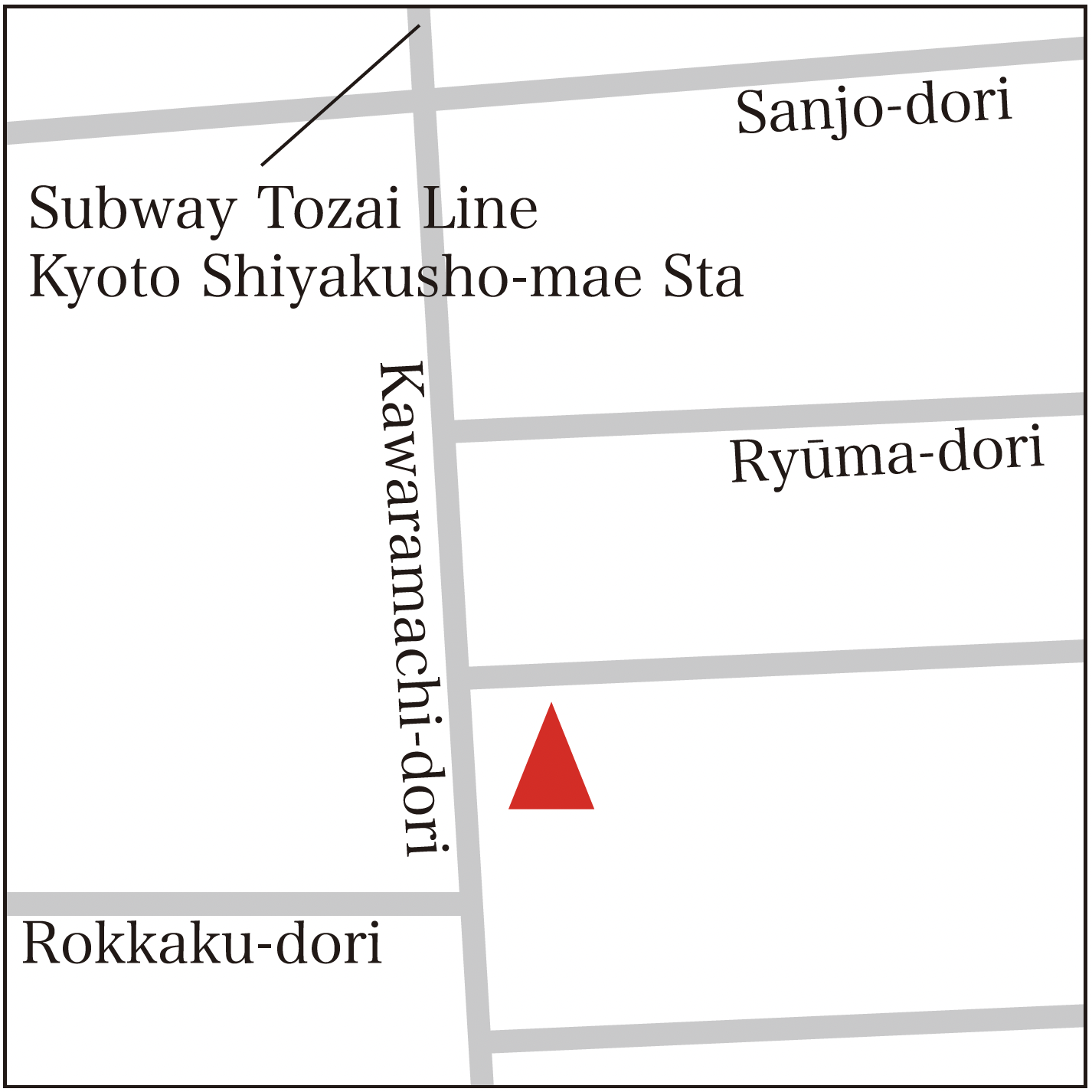Shojiro Goto Gallery Commemorating His Temporary Residency at This Site
- Highlight
- Visitors feel as if they are time travelers when they view the diorama because it recreates the area as it was over 150 years ago, including Tsuboya, where Shojiro stayed, and Suya, where Ryoma stayed.
A well-assembled collection of exhibits showing the mark made on Edo life by Shojiro Goto, a key player in restoring imperial government
In the entrance of a hotel in Kyoto's busiest district, life-size panels of the heroes of the Restoration welcome visitors. This is the site of the soy sauce merchant "Tsuboya", a temporary residency for Shojiro Goto, an important official of the Tosa domain at the end of the Edo period, who had a close relationship with Sakamoto Ryoma and played a central role in petitioning shogun Tokugawa Yoshiki for the restoration of the imperial government by the Tosa clan in the 3rd year of Emperor Keio’s reign (1867).
In the exhibition space in the entrance of the hotel, there is diverse collection of exhibits, including a diorama that shows the layout of this site at the end of the Edo period, a restored photo stand that is said to have been used by Shojiro and Ryoma together at a photo studio in Nagasaki, a replica of the decorative saber sent to Shojiro Goto from the Queen of England for saving the British envoy Parkes from an attack by assassins, a replica of the countersignatures of other chief vassals present on the occasion of the dedication of the Imperial Government, a Chinese poem written by Goto and letters that show his broadmindedness. Until now, Shojiro has remained in the shadow of Ryoma, but with the appearance of this well-prepared private gallery, it is easy to envisage that Shojiro will soon be in the limelight. If visitors look up at the gallery’s ceiling, they will see a painting of a white elephant by Hara Zaichu, a representative of the Kyoto art scene of the late Edo period. In Tosa, it is said that children are named after animals in the hope of healthy growth, and the first Chinese character of Shojiro is “Zou”, or elephant, a fitting animal character for someone who lived through turbulent times with such grand panache.
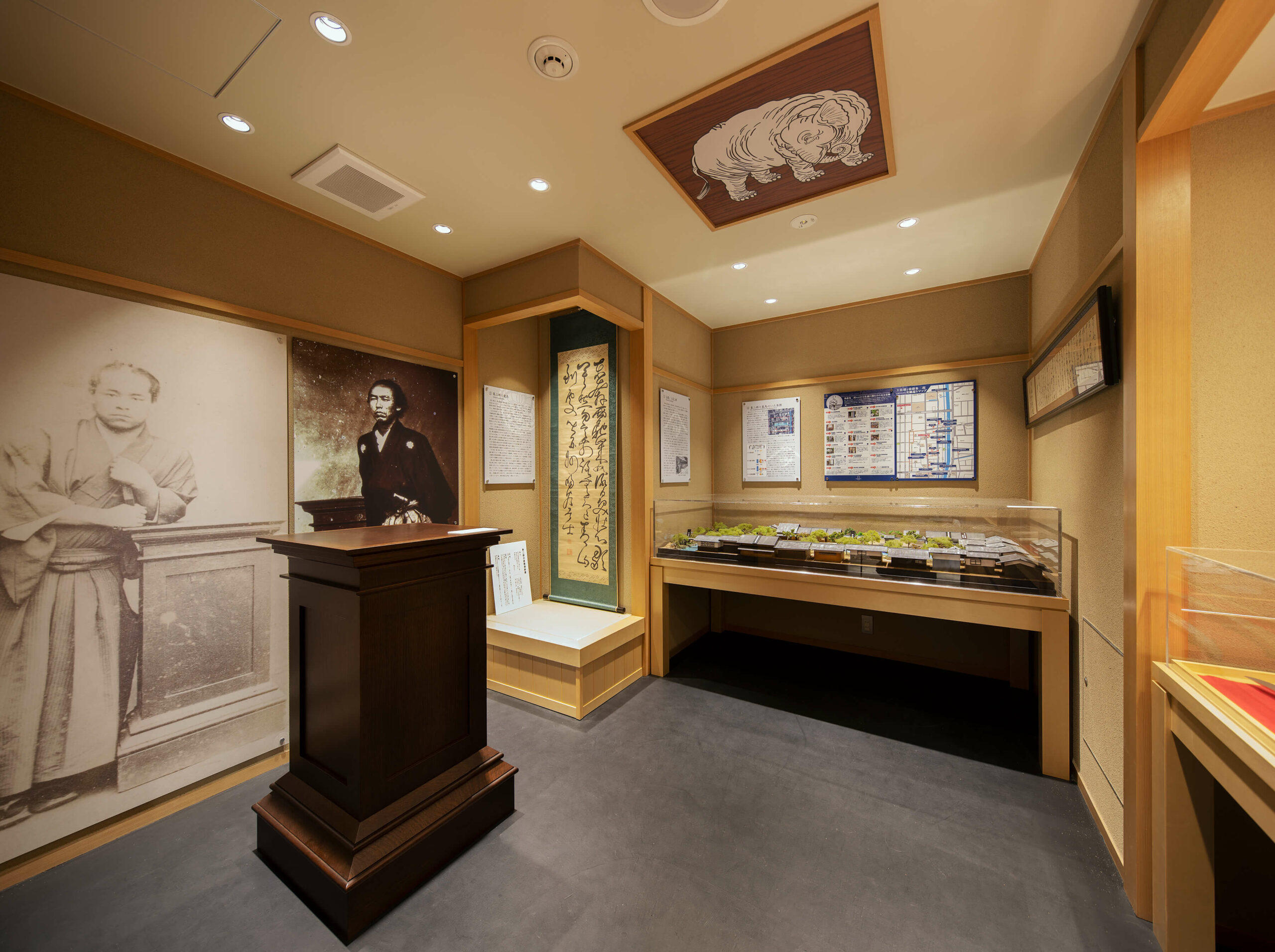
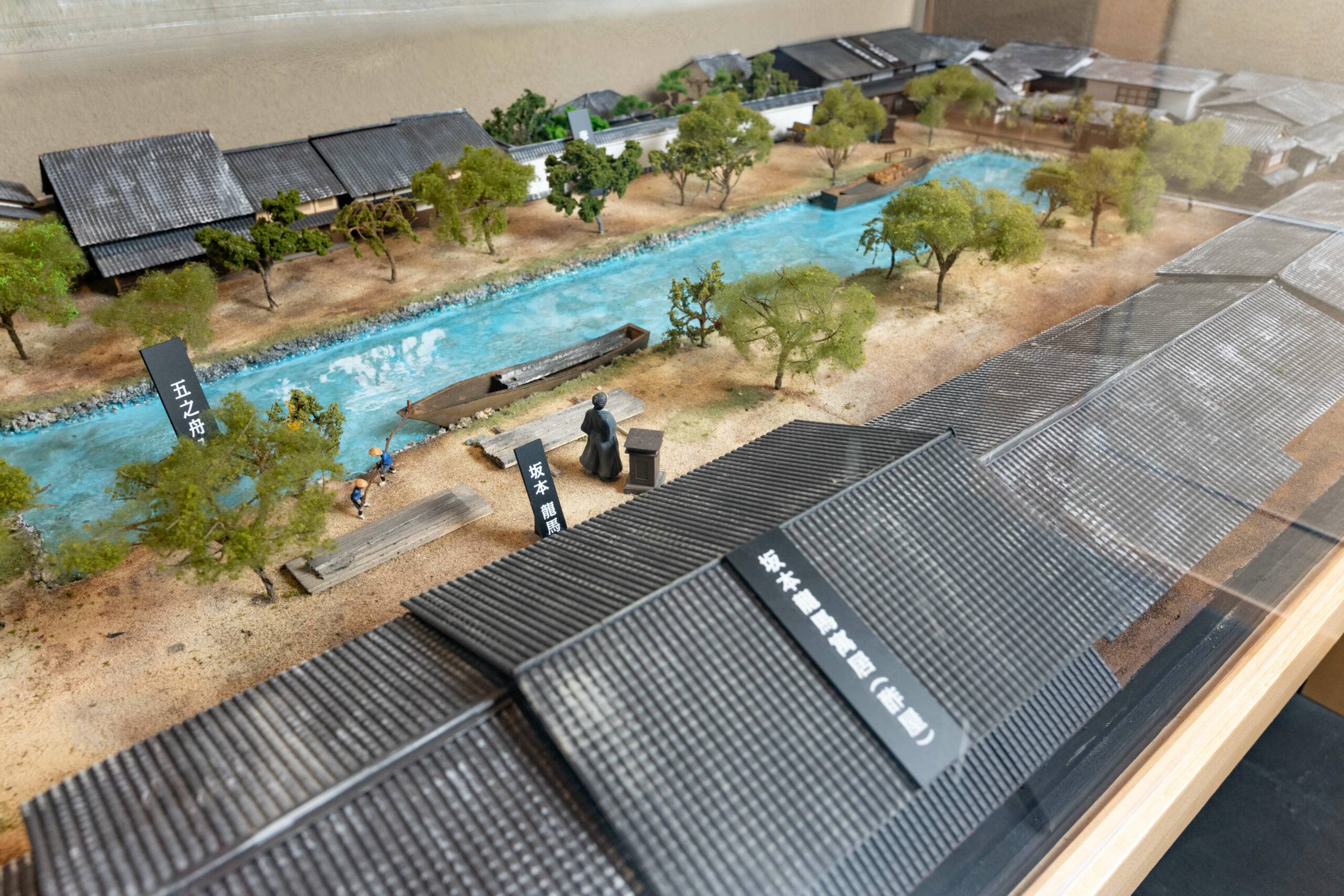
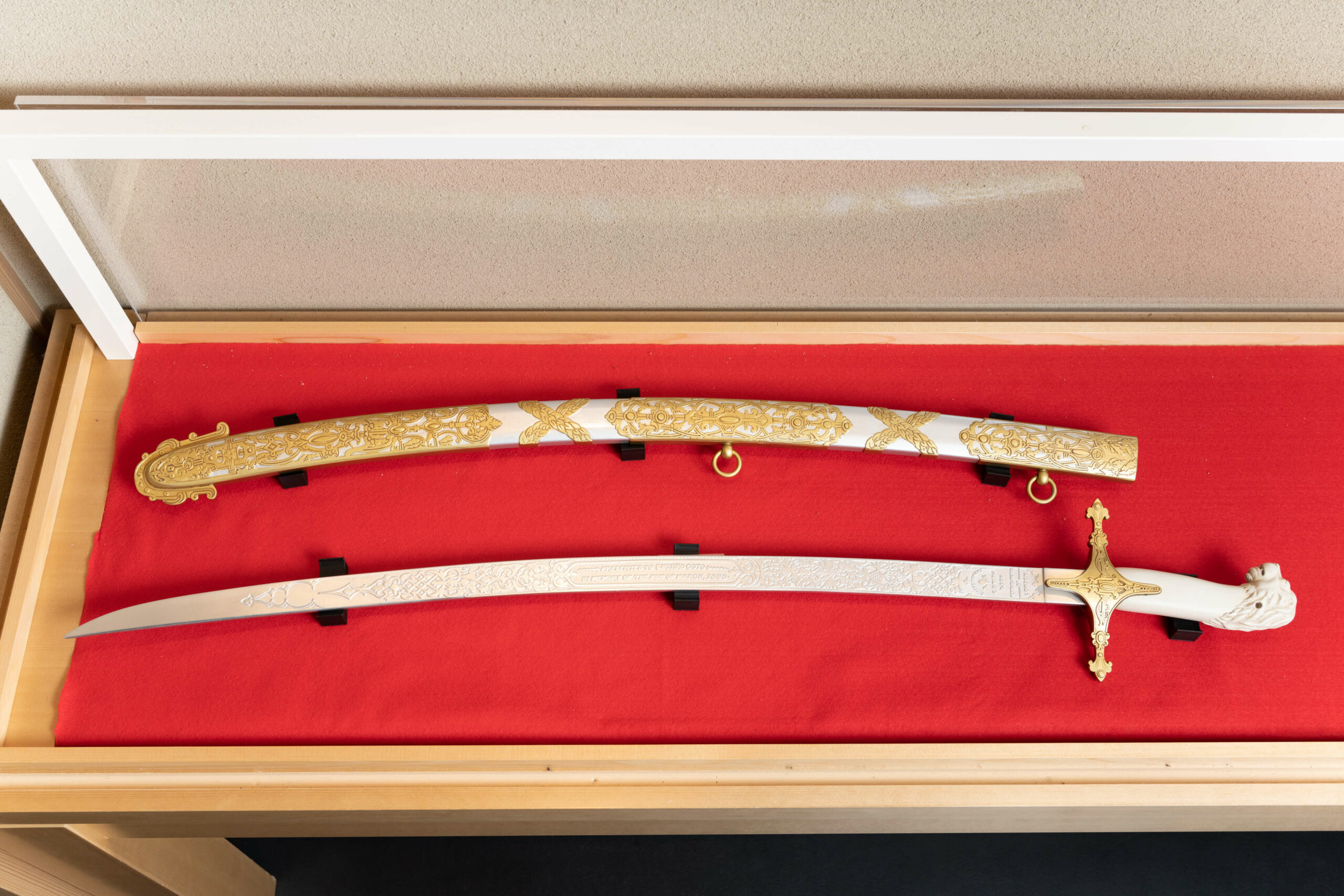
Use the Edo-period diorama to look at the accommodation situations of Ryoma and Shojiro to see if they tell you anything about how Ryoma trusted Shojiro and sought his companionship.
| Address | 59-1 Daikokucho Kawaramachi-dori Sanjo-sagaru Nakagyo-ku Kyoto (Entrance of Hotel Resol Kyoto Kawaramachi Sanjo) |
|---|---|
| TEL | 075-255-9269 |
| URL | https://en.www.resol-hotel.jp/kyoto-k/special/ |
| Hours | Visit when you want |
| Closed | Open all year round |
| Adm | Free of charge |
| Access | A 4-min walk from Kyoto City Hall Station on Tozai Subway Line |
| Parking | Available |
Facilities near by
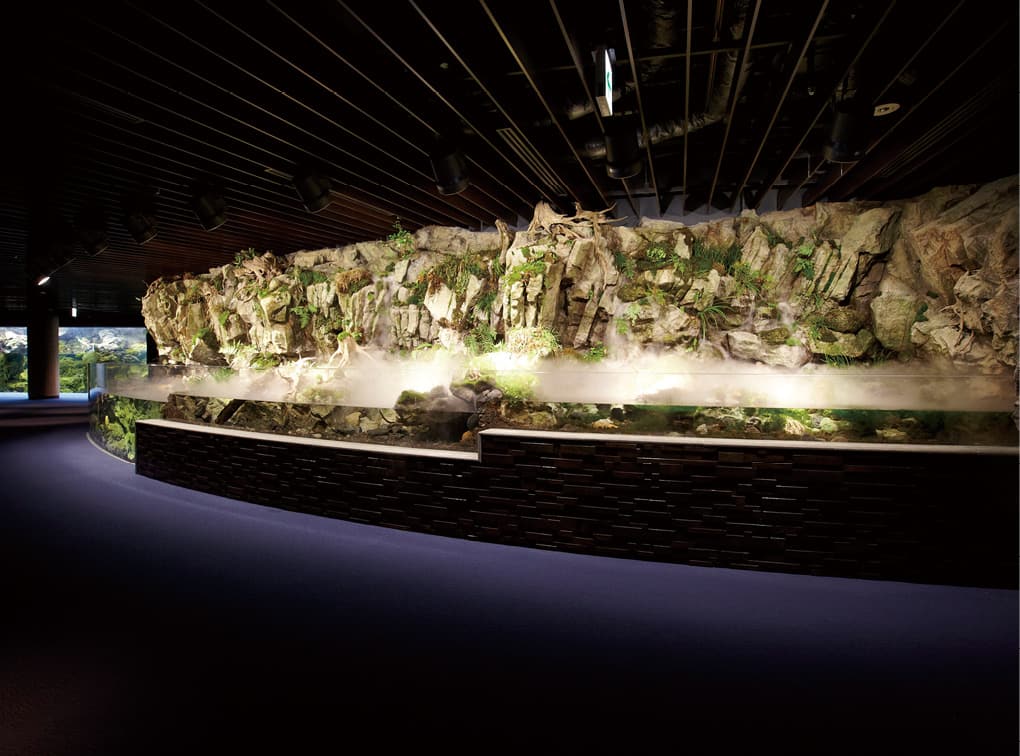
Kyoto Aquarium
Life Connected by Water
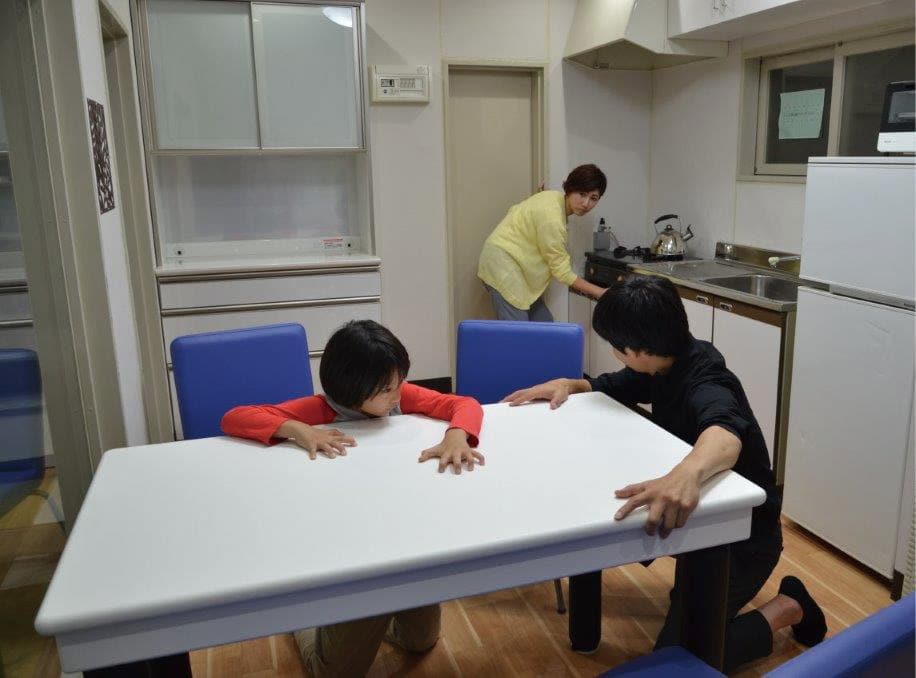
Citizen’s Disaster Prevention Center
A chance to use all your senses in disaster prevention training
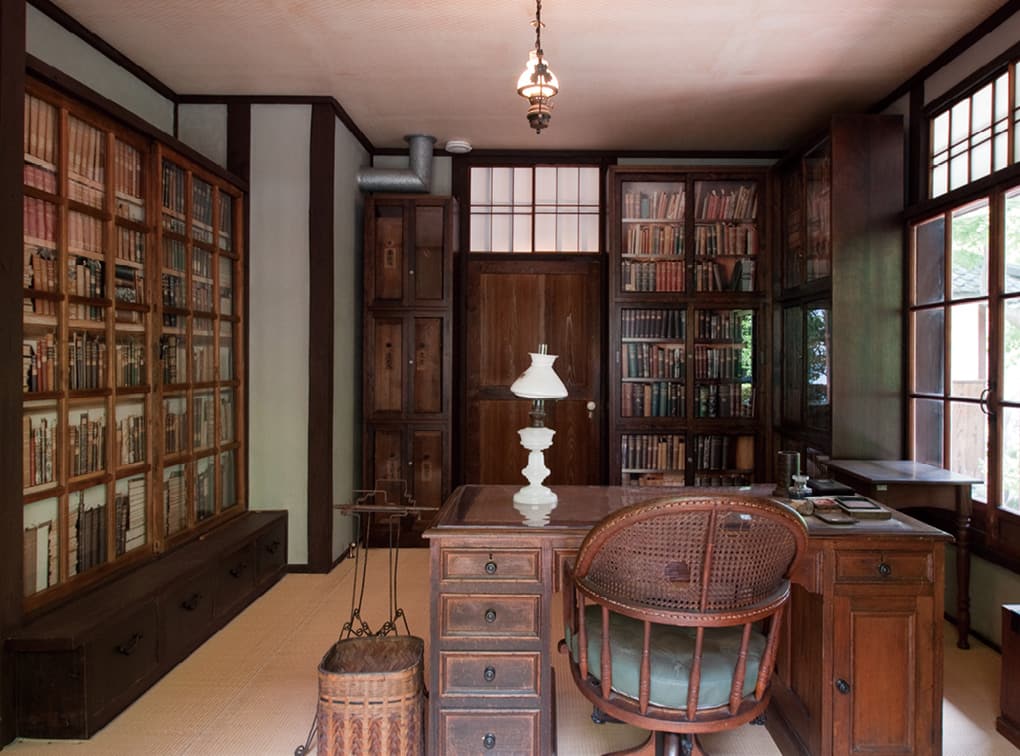
Neesima’s Residence
The home lived in by the founders of Doshisha University
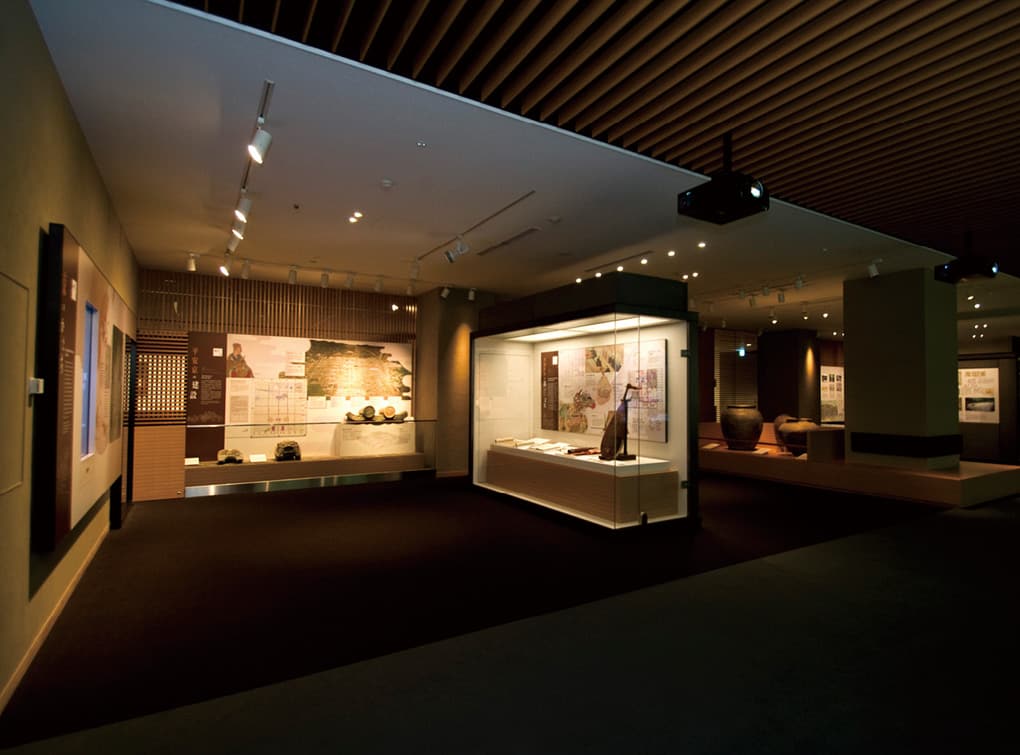
The Museum of Kyoto
All sorts of data from historical literature to film

